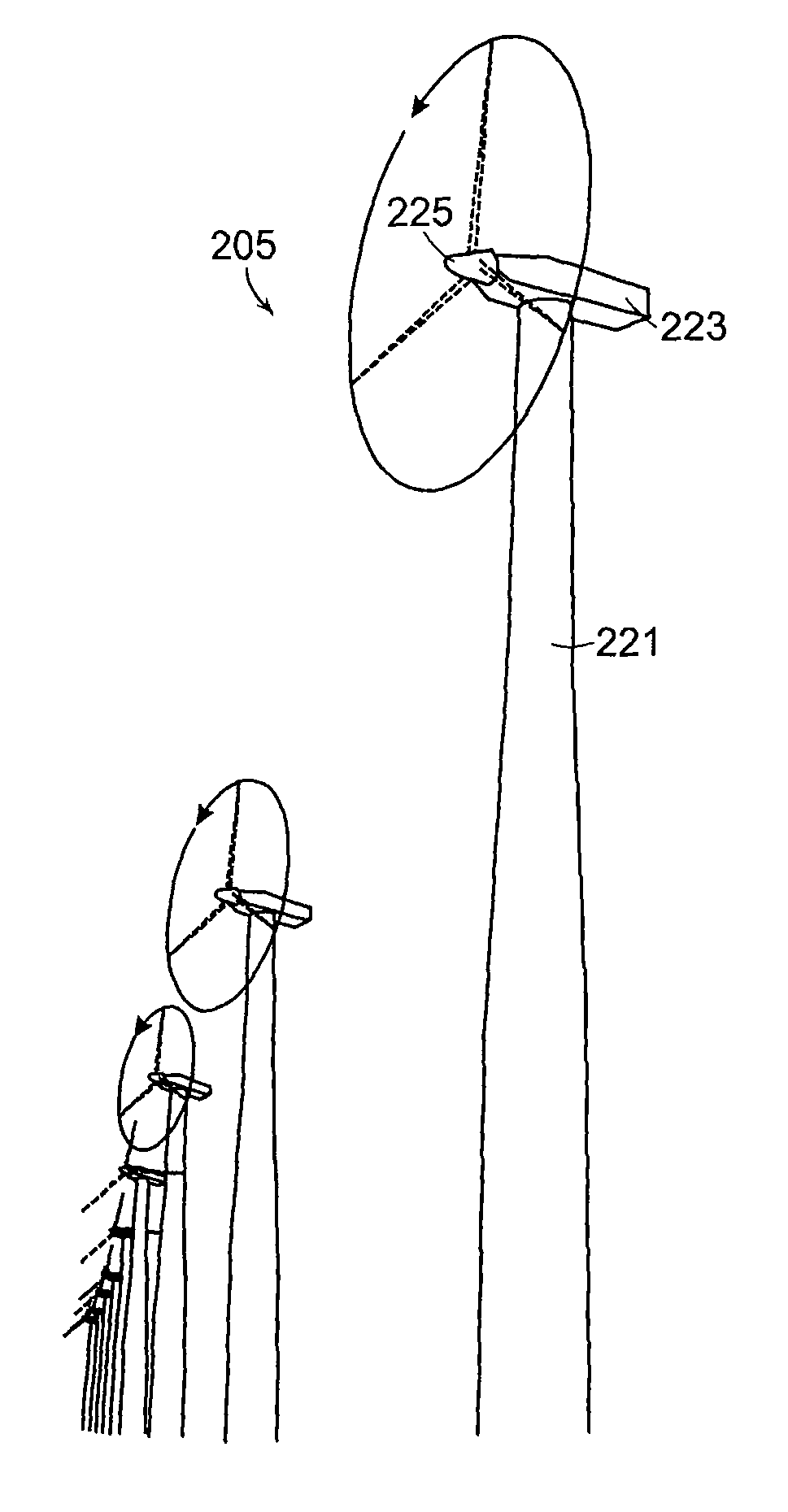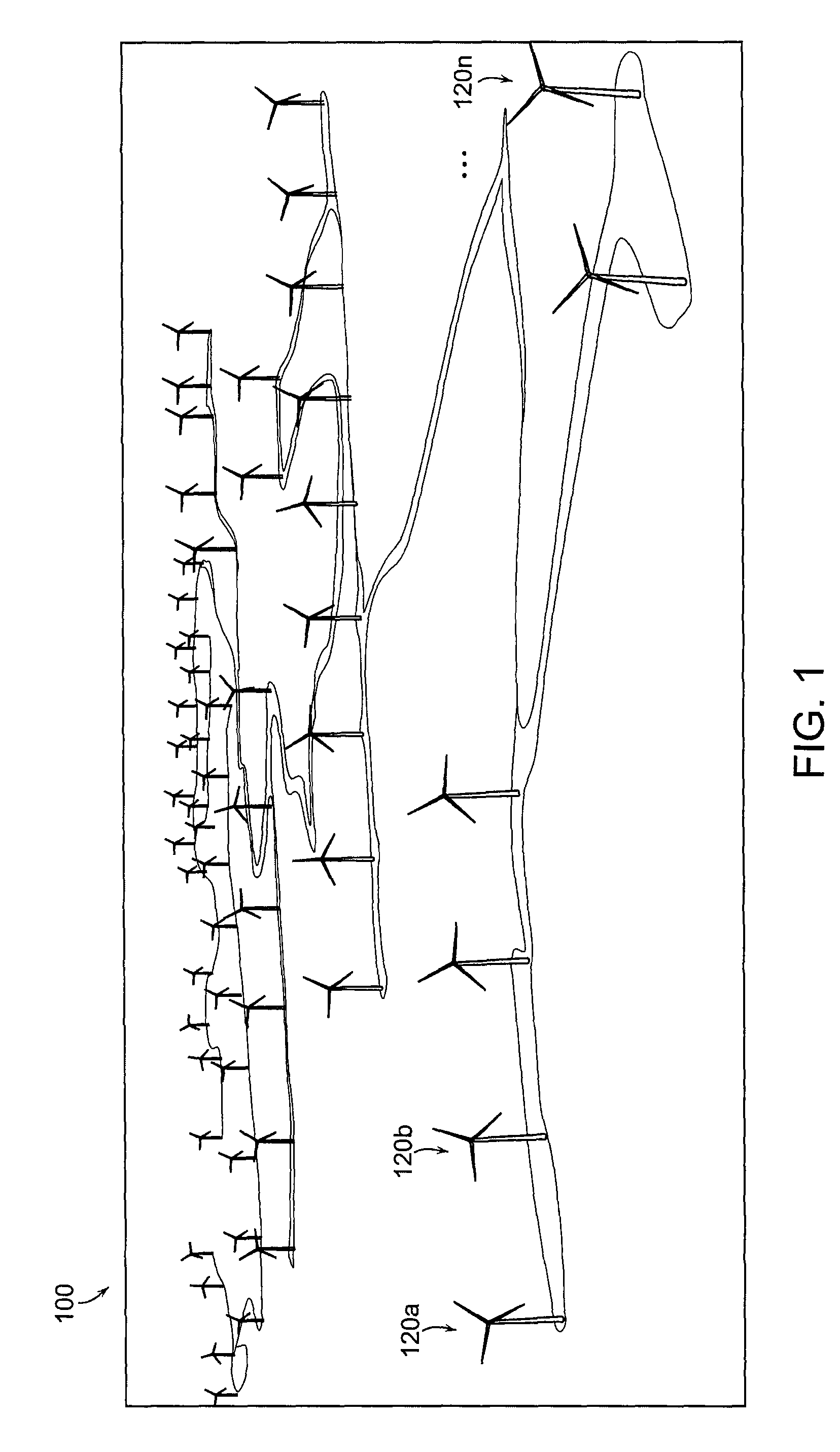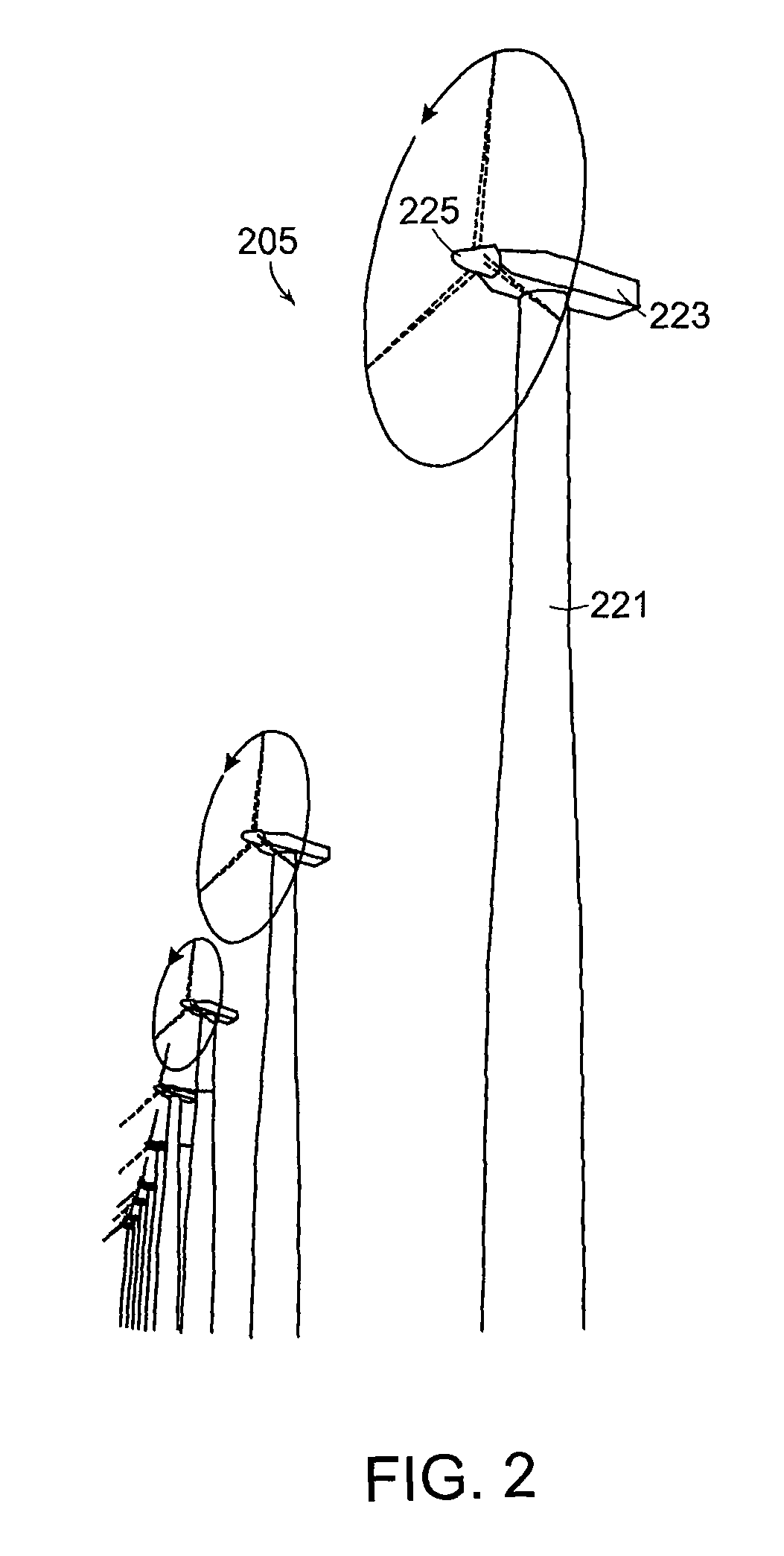Method and system for reducing light pollution
a technology of light pollution and light pollution prevention, applied in the field of systems and methods for reducing light pollution, can solve the problems of affecting the health of people and animals, annoying or wasteful, and affecting the environment, and achieve the effect of preventing light pollution
- Summary
- Abstract
- Description
- Claims
- Application Information
AI Technical Summary
Benefits of technology
Problems solved by technology
Method used
Image
Examples
Embodiment Construction
[0035]The United States imports vast quantities of oil to satisfy its energy needs. Every megawatt of energy produced by alternative energy sources is one less megawatt that needs to be produced from imported oil, which leads directly to increased energy independence.
[0036]In the United States, 21 states and the District of Columbia currently have Renewable Portfolio Standards (RPSs). RPSs are legislatively mandated requirements that a certain percentage of energy must be produced from renewable sources, such as wind. The specific requirements vary from state to state. The U.S. Congress is currently considering a national RPS.
[0037]As shown in FIG. 1, wind power plants or wind farms 100 comprised of wind turbines 120a-120n (generally, 120) are being developed throughout the United States to meet the RPSs. Wind farming is considered to be one of the cleanest methods of producing energy on an industrial scale. A single wind farm can produce hundreds of megawatts of energy without prod...
PUM
 Login to View More
Login to View More Abstract
Description
Claims
Application Information
 Login to View More
Login to View More - R&D
- Intellectual Property
- Life Sciences
- Materials
- Tech Scout
- Unparalleled Data Quality
- Higher Quality Content
- 60% Fewer Hallucinations
Browse by: Latest US Patents, China's latest patents, Technical Efficacy Thesaurus, Application Domain, Technology Topic, Popular Technical Reports.
© 2025 PatSnap. All rights reserved.Legal|Privacy policy|Modern Slavery Act Transparency Statement|Sitemap|About US| Contact US: help@patsnap.com



